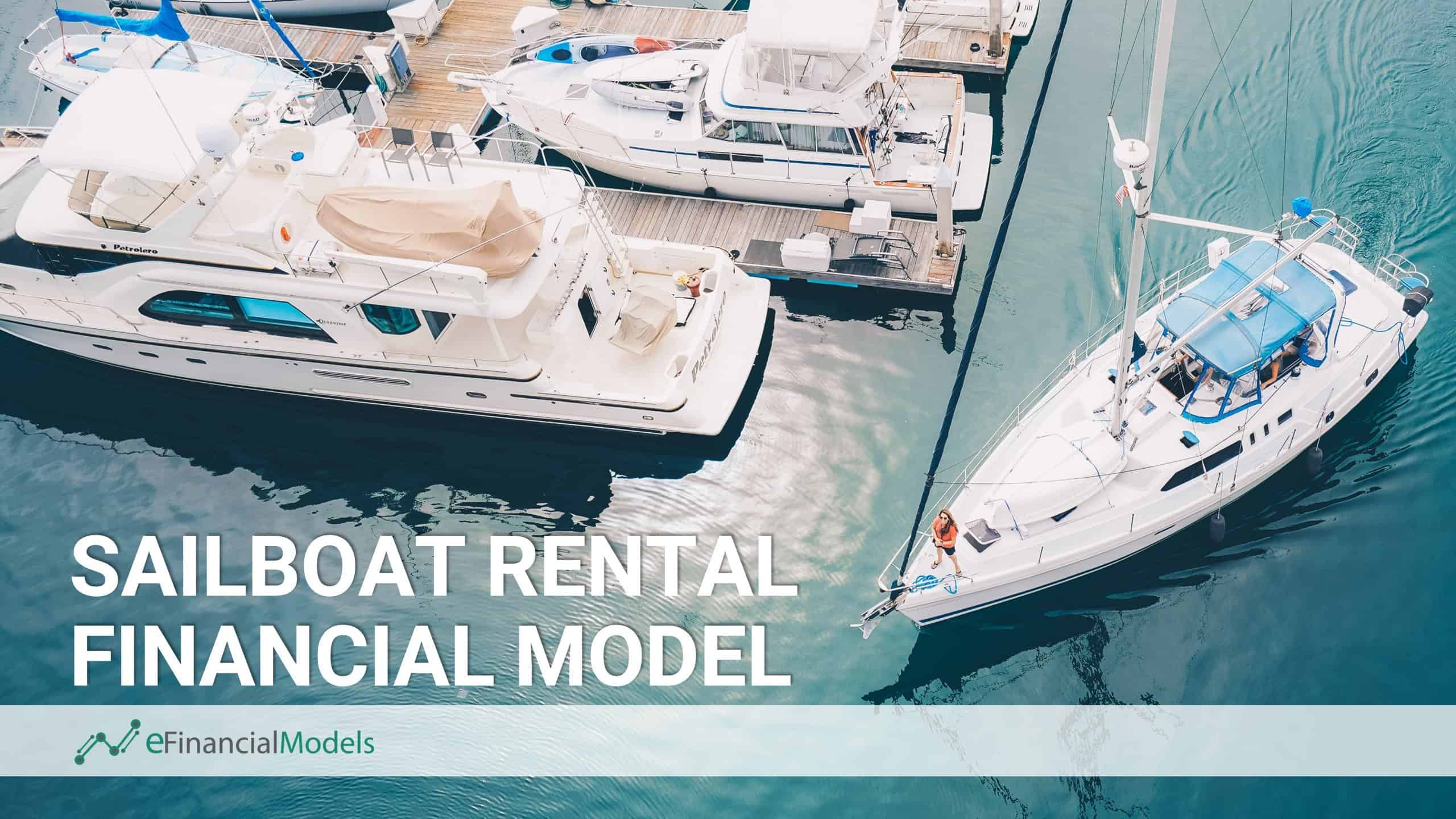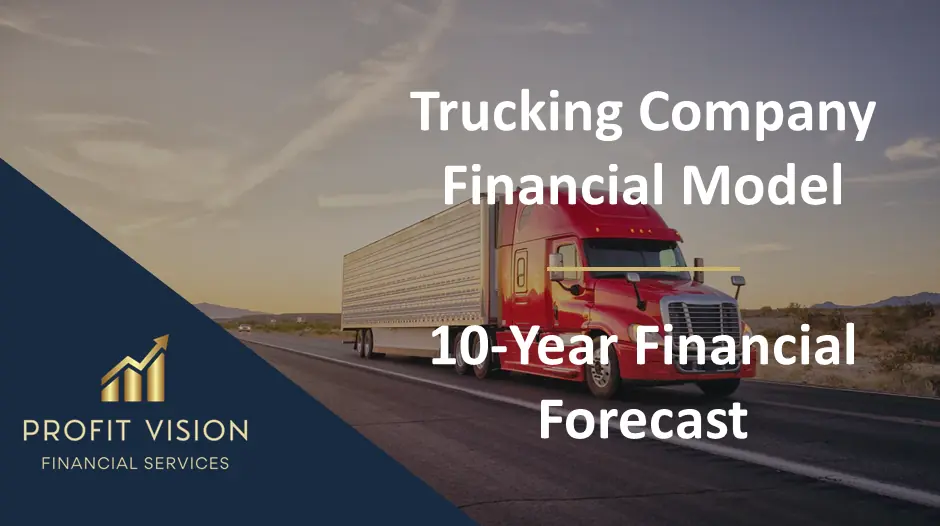Private Aircraft Rental Company Financial Model
Embark on a journey to financial mastery with our Private Aircraft Rental Company Financial Model, where numbers transform into a runway for success. This tool is your co-pilot in decision-making, charting a course through the complex skies of revenue management, cost efficiency, and investment strategies. It’s tailored to the unique rhythm of the aviation rental market, offering a bird’s-eye view of your financial landscape. With this model, anticipate market trends, optimize your fleet utilization, and ensure your business soars above the clouds, not just in altitude but in profitability and operational excellence.

All commercial airline passengers face inevitable delays and the complexities of major airports. They are at the mercy of airline schedules and often must change planes to reach their final destination. Private Aircraft Rental offers a seamless and personalized alternative to these typical inconveniences, delivering unmatched convenience and flexibility. These private plane rental companies are a bespoke solution for those seeking to bypass crowded airports, rigid schedules, and the general unpredictability of standard airline travel.
The private aircraft rental industry presents a highly profitable opportunity, underscored by the impressive availability of 15,000 business jets for charter globally and access to 5,000 airports specifically catering to private planes. This expansive reach, far surpassing the 500 airports accessible to commercial aircraft, highlights the vast market potential and unique positioning of private aircraft rentals in the aviation sector. However, investing in a Private Aircraft Rental Company demands substantial capital. This necessitates a robust financial model to guide and sustain such an endeavor.
Key Questions Our Private Aircraft Rental Company Financial Model Can Answer
When launching a private aircraft rental business, this company’s financial model delivers insightful analysis for your business plan by addressing these crucial questions:
- What is the initial capital requirement?
- Which is more advantageous – purchasing or leasing aircraft?
- What should be the optimal daily aircraft rental cost?
- What are the estimated operational costs of running an aircraft rental service?
- What is the minimum number of aircraft rentals, or the rental price per aircraft, required to achieve break-even?
- What is the ideal operational lifespan for each private aircraft?
- How will seasonal variations in occupancy and pricing impact the Private Aircraft Rental Business?
- What is the potential cash flow generation of this venture?
- What are the forecasted monthly and yearly profits?
- What are the timeline and financial needs for expanding the aircraft fleet?
- How does the proposed debt repayment plan appear for bank financing purposes?
- What are the expected returns for Equity Shareholders in this venture?
Addressing these questions will strengthen the business plan of private plane rental companies and help circumvent numerous obstacles, ultimately enhancing your business’s prospects for profitability.
Understanding the Profit Margin Drivers of Private Plane Rental Companies
This comprehensive financial model for private plane rental companies equips entrepreneurs, business owners, and investors with a detailed understanding of their company’s economic aspects. Creating a financial plan is crucial for assessing the feasibility of launching a new private aircraft rental venture and facilitates more informed discussions with banks and investors for fundraising.
This company’s financial model blends various assumptions and business analyses to thoroughly comprehend the key elements that influence profit margins and returns for investors in private jet charter businesses.
- Aircraft Fleet Composition
- Private Aircraft Categories & Types
- Anticipated Utilization Rates for Various Aircraft Types
- Strategy for Setting Daily Aircraft Rental Cost
- Rental Choices that Enable Additional Sales
- Typical Duration of Aircraft Rentals
- Breakdown of Expenses
- Effects of Seasonal Changes on Utilization Rates and Aircraft Rental Cost
- Options for Acquiring Aircraft, including Purchase or Lease
- Using Financial Loans from Banks
These elements significantly influence the profitability of private plane rental companies. Analyzing the average daily aircraft rental cost and fleet is crucial as it enables accurate forecasting of revenue streams and operational efficiency, which are key drivers for growth in the aviation industry. It aids in more effective planning and increases the likelihood of success in establishing a Private Aircraft Rental Business.

Grasping the Nuances of Private Aircraft Rental – Fleet Growth and Financial Planning
In the ever-changing realm of private plane rental companies, achieving business growth and maintaining profitability is crucial for enduring success. Strategically enlarging your aircraft fleet demands thorough analysis to determine the necessary investment for such development.
The Private Aircraft Rental Company Financial Model, presented as a spreadsheet template, simulates the enlargement of your aircraft fleet and the necessary updates, including replacements when aircraft attain a specific age. It ensures your fleet remains contemporary and well-maintained.
- Simulate up to five expansion steps for your aircraft fleet.
- Decide if buying or leasing an aircraft is appropriate.
- Specify the anticipated usage duration for each aircraft.
- Forecast potential profits or losses from selling the aircraft after they age to a certain point.
- Assess how altering the composition of your aircraft fleet affects it over time.
- Considerations for incorporating new bank loans with each aircraft fleet expansion.
Guide your business towards success by meticulously strategizing the growth of private plane rental companies.
Simulate the Impact of Operational Enhancements on Financial Outcomes for Private Aircraft Rental
The company financial model is structured to assist in comprehending the influence of operational enhancements on the financial results of your private plane rental companies over time. It is beneficial for assessing the growth prospects of your enterprise.
- Occupancy Rates: Explore various occupancy rates to understand their impact on the revenue and profitability of your private aircraft rental business.
- Rental Rates: Modify aircraft rental costs to achieve a balance between being competitive and profitable. Implement the seasonality adjustment factor to maximize income for your private aircraft rental business, setting variable aircraft rental costs for peak and off-peak seasons.
- Additional Rental Services: Consider introducing extra offerings like aircraft pilot and crew rentals, along with guided tours, to boost the revenues of your private plane rental companies. Test the potential financial effects of launching these services.
- Aircraft Usage Duration: Investigate the effects of increasing or decreasing the average aircraft rental duration on your operational efficiency and cash flow.
Explore numerous additional factors to manipulate. Gain a comprehensive insight into the anticipated profit margins of your private aircraft rental business.
The Company Financial Model Structure
The Excel spreadsheet is designed to meticulously plan the financial aspects of your private aircraft rental business from a foundational level. This detailed approach results in a comprehensive financial forecast that typically includes all key metrics banks and investors need.
Model Structure
The organization of this company’s financial model worksheets is as follows:
- Instructions and Abbreviation Glossary: A brief overview of the essential concepts, terms, abbreviations, and guidelines for using this template.
- Assumptions Sheet: An outline of key hypotheses and financial data.
- Financial Projections: An extensive 10-year monthly forecast compiled into an annual overview.
- Budget Review: Focus on a specific year for a more detailed understanding of the Monthly Forecast and Budget.
- Executive and Comprehensive Summary: Includes tables and graphs that display the outcomes of the forecasted financial plan, enabling in-depth analysis.
Main Features
The company financial model for private plane rental companies mainly features the following:
- Aircraft Fleet Timetable: This model features an in-depth schedule for your aircraft fleet, tracking the acquisition, disposal, and replacement of up to six distinct sailboat categories. It allows for determining anticipated usage duration for each aircraft type and scheduling planned fleet expansion phases.
- Aircraft Fleet Ownership Model: This company’s financial model predicts two possible scenarios for aircraft acquisition:
- Direct purchase (Capital Expenditure), with activation on the Balance Sheet and subsequent depreciation;
- Leasing, resulting in regular monthly expenses accounted for in Operational Expenditure (OPEX).
- Aircraft Disposal Post-Planned Usage: The model is based on the premise that purchased aircraft will be used only for a defined period and then sold. The sale of these older aircraft could lead to either Gains or Losses from their disposal. These financial outcomes are determined by the variance between the projected resale value and the aircraft’s estimated book value at the point of sale.
- Revenue Structure: The model projects income streams from various sources, including hourly charges for private jet rentals, additional revenue from services like aircraft pilot rentals, profits generated from the sale of aircraft, and other miscellaneous earnings.
- Rental Income: This is calculated based on the number of operational aircraft, the average daily rental charge, and the anticipated occupancy rate of the aircraft fleet. To account for seasonal variations in the business, the occupancy rate and the average daily rental rate can be modified monthly.
- Property Assets: The model anticipates the option of either owning or leasing land and buildings, which are independently appraised at the time of business exit to enhance the overall value of your enterprise.
- Cost Projections and Timelines: The model includes detailed assumptions and schedules for Capital Expenditures (CAPEX), both fixed and variable direct costs, employee expenses, and Operating Expenses (OPEX).
- In-Depth Monthly and Annual Financial Forecasting: The spreadsheet is systematically structured to clearly present the computations of revenues and expenses in the private aircraft rental business. It enhances the clarity and comprehensibility of the model, leading to projected financial statements such as the Income Statement, Balance Sheet, and Cash Flow Statement. It also includes Financial Ratios and a series of tables and analyses that elucidate the factors and structure behind the business’s profitability.
- Projected Business Valuation: The valuation is segmented into separate assessments for the Business and Property aspects. This method allows investors to maximize their exit value by considering various sale and leaseback options.
- Projected Free Cash Flow: The model includes both unlevered and levered cash flow forecasts. This distinction between levered and unlevered cash flows aids in evaluating the impact of debt financing on the projected returns for the project and its investors.
- Financing Requirements and Financial Metrics: This model computes the necessary funding to implement your business strategy. It offers a detailed distribution of the sources of funds, along with the key financial metrics of your business plan, including the Internal Rate of Return, Cash-on-Cash Yield, Payback Period, and Net Present Value (NPV).
- Charts & Summaries: The financial strategy is concisely encapsulated in an Executive Summary and an extensive Detailed Summary featuring various charts, tables, and breakdowns. A Budget Analysis section also dissects the budget for a chosen forecast year.
In essence, the model’s main features are crafted to provide a thorough insight into the influence of various assumptions on the business’s financial outcomes, enabling the simulation of numerous financial scenarios.
Maximize Profits with Private Aircraft Rentals
In the lucrative realm of private aircraft rentals, the potential for significant profits is matched by the need for substantial investment. As such, venturing into this industry demands a strategic approach to capital allocation, resource management, and market analysis. While the opportunity for high returns is evident, navigating the complexities of operational costs, fleet maintenance, and customer acquisition requires a keen understanding of the market dynamics and financial planning. It is to ensure that every dollar invested contributes to revenue growth.
Enter the Private Aircraft Rental Company Financial Model, a comprehensive tool tailored for this unique industry. The model is critical for making informed decisions and strategizing for long-term profitability. It enables business owners to identify key revenue drivers, optimize pricing strategies, and manage expenses effectively. With this powerful tool, operators can anticipate market trends, adapt to changing demands, and position their business for maximum profitability in a competitive landscape.
Adopting the Private Aircraft Rental Company Financial Model is an essential step to harnessing the potential of your private aircraft rental venture and steering it toward unparalleled success. It isn’t just a financial planner; it’s a roadmap to profitability in the private aircraft rental industry. Take control of your financial future and make data-driven decisions that propel your business forward. Act now and transform your private aircraft rental company into a paragon of financial success.
| Disclaimer: Please note that the Private Aircraft Rental Business Financial Model is the same template as the Car Rental Business Financial Model but has been tailored with labels and assumptions to illustrate its applicable use case for Private Aircraft Rentals. |
The model, current version 2.3, is available in two versions:
- Premium Excel Version – pre-filled with an example forecast.
- PDF Demo Version – outlines the details of the model structure.
File types:
- .xlsx (MS Excel)
- .pdf (Adobe Acrobat Reader)
Similar Products
Other customers were also interested in...
Freight Brokerage Financial Model Excel Template
Discover Freight Brokerage Pro Forma Projection. Impress bankers and investors with a proven, strate... Read more
Car Rental Business Financial Model
This Car Rental Business Financial Model Template in Excel offers an ideal basis for developing a bu... Read more
Crane Rental Company Financial Model
Dive into the financial planning of your Crane Rental Company with our comprehensive 10-year monthly... Read more
Sailboat Rental Business Financial Model
This comprehensive 10-year monthly Excel template offers an ideal basis for developing a business pl... Read more
Online Car Rental – 3 Statement Financial Mo...
Online Car Rental Platform Business Plan Model is a perfect tool for a feasibility study on launchin... Read more
Cruise Line Company – Dynamic 10 Year Financial ...
The essential productive activity of the tourism industry, particularly as the consumption of experi... Read more
Trucking Company – 10 Year Financial Model
Financial Model providing a dynamic up to 10-year financial forecast for a startup or existing Truck... Read more
Bike Rental Company – 5 Year Financial Model
Financial Model providing an advanced 5-year financial plan for a startup or operating Bike Rental C... Read more
Shuttle Services Firm Financial Model – 5 Year F...
A shuttle service regularly transports 10 or more travelers, typically by bus or van, from... Read more
Car Rental Financial Model Excel Template
Order Car Rental Pro-forma Template. Simple-to-use yet very sophisticated planning tool. Get reliabl... Read more
You must log in to submit a review.



























